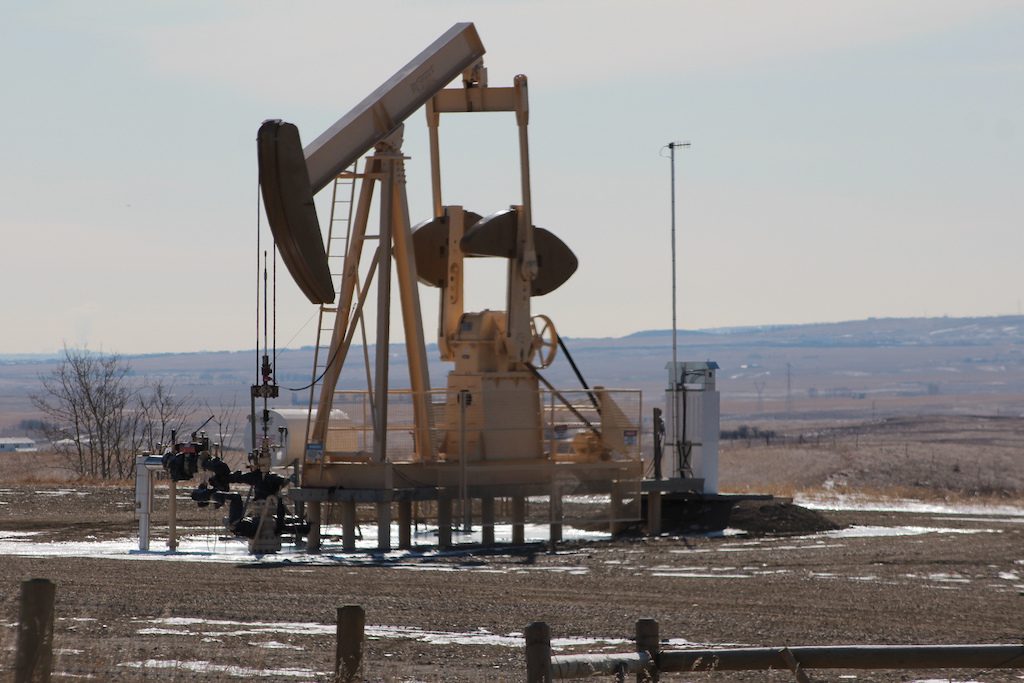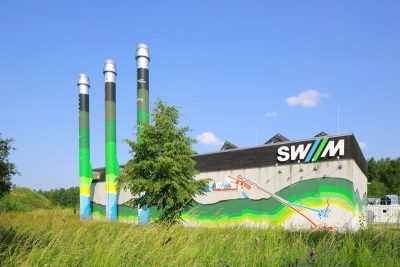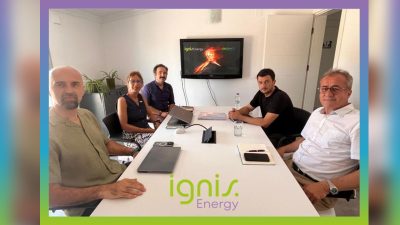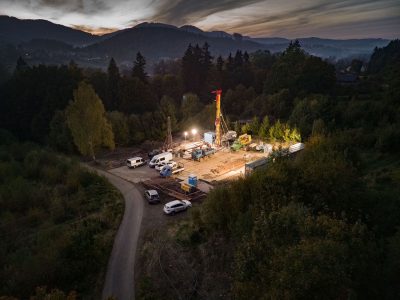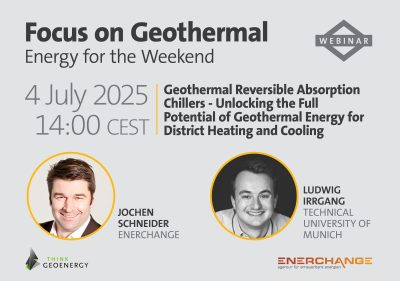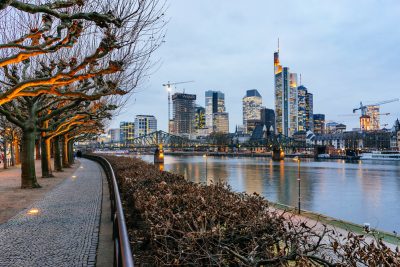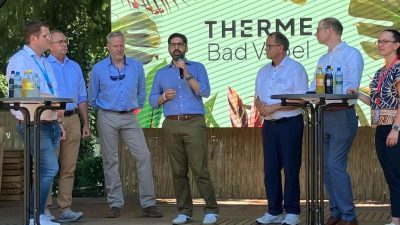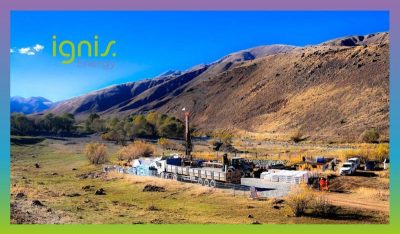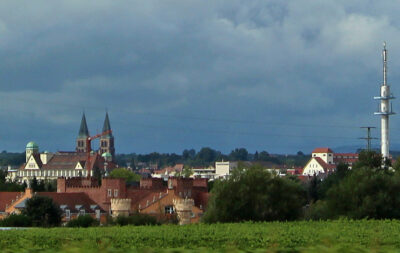How could geothermal energy be derived from oil wells?
There are two options to derive geothermal energy from oil wells. One can either convert oil wells for geothermal production or co-produce both oil and heat from wells, as explained by this article by the MEET project.
The European Union is supporting a large number of different research projects that tackle different among them the Multi-sites EGS Demonstration project MEET, a project that aims to boost the market penetration of geothermal energy in Europe. Its main goal is to demonstrate the viability of EGS with electric and thermal power generation in all main kinds of geological settings (crystalline, sedimentary, metamorphic, volcanic).
Among the elements the project is looking at is how geothermal could be developed from existing oil wells. The project shared an interesting article exactly on that topic.
Usually, development of a geothermal installation requires wells which can be considered as expensive while risky. In that perspective, the opportunity to use existing wells, mostly coming from oil & gas industry, can help boosting geothermal energy use across the world. There are two possibilities to produce geothermal energy with oil wells. Firstly, one can convert oil well for geothermal production. Secondly, one can coproduce oil and heat. In both cases, reusing existing wells avoids expensive drilling costs for new wells, and also probably means a better social acceptance for industrial surface installations.
Conversion: there are hundreds of onshore wells that are suspended because they are not producing enough oil anymore and therefore became uneconomic, but they can still produce a lot of water. Instead of abandoning them permanently, one should consider using their geothermal potential, providing a few conditions are met:
First, there must be a heat demand nearby. Unlike oil, heat is not easily transportable on long distances as it requires costly insulated flowlines.
Second, the heat resource must be high enough to match the demand, in term of temperature and flow rate. With an average gradient of 30°C/km, wells at 2 to 3 km deep have enough potential. The flowrate is dependent on geology but can be enhanced by connecting new zones. Ideally the well should be eruptive enough, otherwise a lot of energy will be required to lift the fluids with downhole pumps, therefore lowering the overall efficiency ratio of the system. Even for oil wells, the sustainable utilization of geothermal energy means that it is produced and used in a way that is compatible with the well-being of future generations and the environment.
Third, well integrity must be good enough. The conditions of casing and cement can deteriorate over time and may require expensive well interventions.
Coproduction: there are also thousands of onshore oil producing wells. Typically oil production declines while water increases in the lifetime of the well. The water produced from deep reservoirs is up to 90 degrees Celsius at surface. This hot water is usually reinjected in the reservoir to enhance the production and maintain pressure. This means that the calorific energy of the water is wasted. An alternative is to extract the heat prior to re-injection, for direct heat or for electricity production.
Within the MEET Project, Vermilion Energy and Enogia will demonstrate the feasibility of electricity production, by testing an Organic Ranking Cycle turbine connected to an oil well. Enogia, based in Marseille, is specialized in building turbines for low-temperature applications. Vermilion, an oil producer in France, exploits a few hundred wells in the Parisian Basin and the Aquitanian Basin. An inventory of their wells has been done to evaluate the heat resource. The mapping of heat needs around their wells provides a basis for implementing coproduction projects and conversion analysis within the MEET project.
Vermilion Energy already participated in geothermal projects. The Eco-neighborhood Les Portes du Pyla in Arcachon, Southern of France, is covering the energy needs with 80% of geothermal energy and 20% with methanation. The geothermal energy come from the oil production of a Vermilion Energy’s well. The water that is extracted with this well is around 70°C.
In the area of Arcachon, a High Scholl has been identified by Vermilion for substituting natural gas into geothermal heat derived from the water co-produced from oil wells. Close to 90% of the school heating needs would be handled by the geothermal heat while reducing greenhouse emissions.
Source: MEET Horizon 2020
